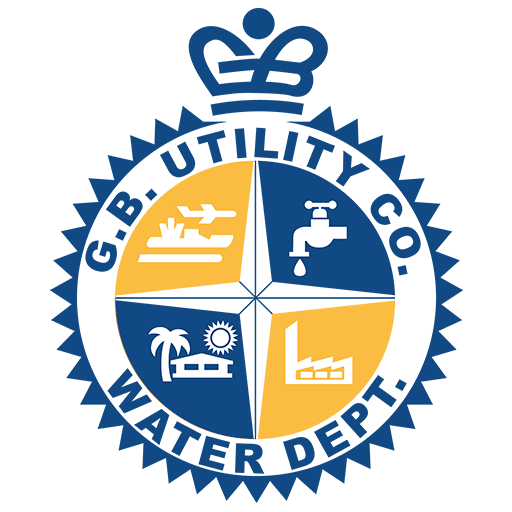Conservation Tips
How to Get the Most Out of Your Water
When it comes to conserving water, you need to be diligent in ensuring that you’re keeping a close eye on your water supply. This can be as simple as making sure that your sinks and faucets don’t experience slow drops, or checking to see that your toilet / water closet doesn’t run for too long after flushing. In addition, you can use the following water conservation tips to make sure that your bill remains right where it should be:
Use Clothes Washer for Only Full Loads
With clothes washers, avoid the permanent-press cycle, which uses an added 5 gallons (20 liters) for the extra rinse. For partial loads, adjust water levels to match the size of the load.
Turn Off the Water After You Wet Your Toothbrush
After wetting your toothbrush, fill a glass for mouth rinsing and turn off the water.
When Washing Dishes by Hand, Don’t Leave the Water Running for Rinsing
If you have a double-basin, fill one with soapy water and one with rinse water. If using a dishwasher, there is usually no need to pre-rinse the dishes.
Check Faucets, Pipes, and Toilets for Leaks
A small drip from a worn faucet washer can waste 20 gallons of water per day. Larger leaks can waste hundreds of gallons. Some faucet leaks are easily spotted, but others take a little more effort to locate. Dry sinks and tubs thoroughly and allow to sit for a period of time. If you notice wetness, there is a leak. To find leaks from faucet handles, dry the area around them before running water. You’ll see water collecting next to them if there’s a leak.
Upgrade Your Fixtures
Upgrade your household fixtures to water conservation friendly equipment such as low-flow shower heads, low-flush toilets, or water conserving models of washing machines.
Don’t Run the Hose While Washing Your Car
Clean the car using a pail of soapy water. Use the hose only for rinsing; this simple practice can save as much as 100 gallons when washing a car. Use a spray nozzle when rinsing for more efficient use of water.
Use a Broom, Not a Hose, to Clean Driveways
Brushing your driveway with a broom to first loosen the dirt and grime will decrease your water use and save time in the long run.
Check for Leaks in Pipes, Hoses, Faucets and Couplings around Your Property
Check frequently to keep them drip-free. Use hose washers at spigots and hose connections to eliminate leaks.
Maintain Your Sprinkler System
If you use a sprinkler system, check that it’s operating correctly toward the beginning and end of each season. Clear any visible clogs and adjust the settings according to the needs of your plants and the time of year. Be sure the timer waters in the morning to reduce loss to evaporation and prevent moisture from staying on plants overnight.
Position Sprinklers Carefully
Position your sprinklers so water lands on the lawn or garden, not on paved areas. Also, avoid watering on windy days.
Water Your Plants During the Early and Late Parts of the Day; Avoid Watering When It Is Windy
Early watering and late watering of plants can reduce water loss to evaporation.
Harvest Rainwater for Watering Vegetable Beds
Use rain barrels or a catchment system to capture valuable rainwater from your roof. Plants prefer rainwater, so your garden will be healthier while you conserve water.
Put a Layer of Mulch Around Trees and Plants
Mulch will slow evaporation of moisture while discouraging weed growth. Adding 2 – 4 inches of organic material such as compost or bark mulch will increase the ability of the soil to retain moisture.
Deep-Soak Your Lawn
When watering the lawn, do it long enough for the moisture to soak down to the roots where it will do the most good. A light sprinkling can evaporate quickly and tends to encourage shallow root systems.
Plant Trees in the Yard for Shade
In addition to making your house cooler and storing carbon, adding shade trees can lessen the need for watering. By protecting plants and soil from the afternoon sun, shade trees help conserve water.
These are just a few small measures you can take to conserve water and make the most out of your water supply.
Customer Service
Looking to ask a question? Need assistance understanding your bill? No problem! Contact us today by giving our customer services team a call. We’d be happy to help.
Report a Service Issue
Are you experiencing downed service? Contact us immediately to report your water outage. From there, our customer services team will send a technician out to your location immediately to diagnose the issue and restore your service as soon as possible.
Service Requests
Are you looking to make a new connection or transfer your current water service to a new address? If you’re starting a new service or transferring your water service, click the link below.
